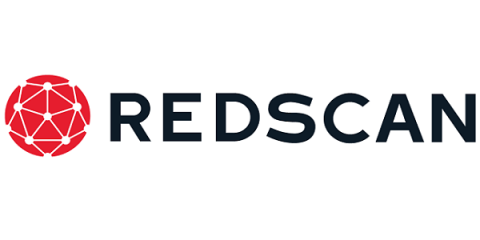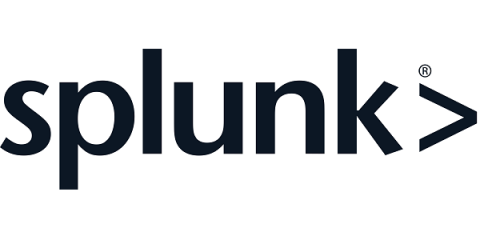The Cybersecurity Skills Gap: Myth or Reality?
Take a glance on social media on any given day, and we’ll hear from commentators stating how there is a (cyber) skills gap and that it must be addressed if we are to meet the challenges we are all increasingly facing. Let’s be clear about something before we continue. If we are saying that there is a skills gap, then there are organizations out there that are ready to hire cybersecurity professionals now.










